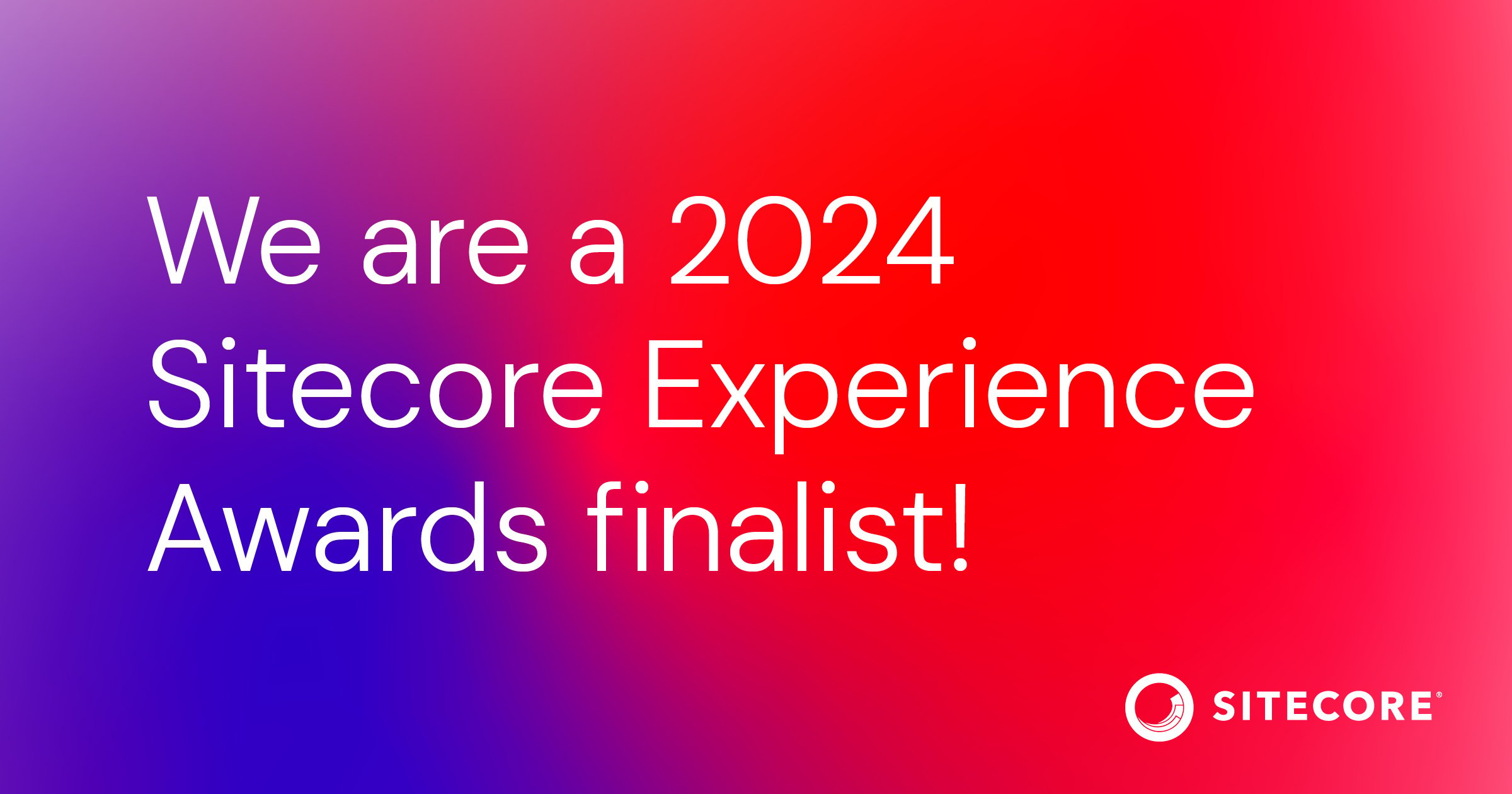Amidst privacy concerns and regulatory laws, marketers will soon face the loss of third-party cookies leading to challenges when trying to track and understand buyer behaviour online. Google may have called extra time on the demise of the third-party cookie, but brands, agencies, publishers, and technology companies should remain focused on finding a long-term alternative.
While a cookieless future presents many challenges, it also presents many opportunities for marketers to invest in crafting a data strategy focused on first-party data collection. A data collection strategy is best achieved when paired to a
Customer Data Platform like
Sitecore CDP.

A CDP allows you
to collect, unify, and access a 360-degree view of each user to deliver connected experiences across channels. By delivering more intelligent contextual conversations with consumers, Marketers have been able to retain more customers and measure Marketing's impact on attribution and return on investment to c-suite executives.
Although the 2023 cookie expiration may feel far off, the clock is ticking. The time is now for Marketers and publishers to implement identity tools, a CDP connected digital experience platform like
Sitecore to test, learn and evaluate what alternative approaches are needed to achieve their conversion targets.
Marketers should see a cookieless world as an opportunity, rather than a crisis. Old marketing methods have led to the breakdown of trust between users and organisations. At
Triggerfish,
our approach is to enable our clients to move from third-party data to first-party data, so that they can deliver 1:1 personalisation to customers allowing them to strengthen relationships between brands and their customers. Personalisation delivered through Sitecore increases engagement, retention and improves customer satisfaction – all while building long-lasting relationships with consumers.
To best prepare for the changes associated with a cookieless world book a meeting with our team where we can discuss what tactics, tech and strategies could work for you.
The first step all Marketing leaders should do is review their data collection policy and start collecting first-party data to use it for contextual targeting. One of the main reasons why brands invest in collecting first-party data is the ability to better understand their customers so they can be less reactive to trends or changes to customer behaviours.
Sitecore Personalize helps you to serve your customers better by providing them with experiences that are tailored to their interests and needs. Best practice personalisation requires a delicate balance of data insights, targeted content and performance results.
When starting your personalisation journey it's recommended to not boil the ocean and start with customer insights that give you a deep understanding of your customer needs, behaviours and buying habits. Then, deliver personalised content based on rules that guide your customers to the next best step in their journey. Finally, understand how content performs over time so you can fine-tune and optimise it so you're attracting and retaining your ideal customer.
Sitecore Profiles evolve with every visit
In a cookieless world, you need customer profiles that adapt over time giving you the ability to keep personas fresh and up to date, as you won't be able to rely on 3rd party cookies for this audience information. Sitecore profiles come in handy when you need to identify new and emerging target audiences.
Sitecore allows organisations to create an ecosystem of powerful marketing definitions; properly configured, it tracks implicit and explicit information about individual users that match the goals and conversions unique to your business.
Utilising behavioural profiling along with an underlying set of goals and other tools including campaign tracking, marketing taxonomy, outcomes, and segments, allows marketers to adjust and refine Sitecore to drive user journeys in a way that feels unique to each individual visitor.
The centralisation of 1st-party data is also a key part of executing personalisation that hits the market with your audiences. Serving context to the right audience at the right time is critical for conversion. Data sharing between departments, across your organisation has been proven to improve business intelligence. It can unlock a wealth of insights, that may be trapped in business silos and often this data can be leveraged to lower customer attrition and onboarding churn.
Running campaigns that are accurate and tailored for a known audience produces higher conversion rates in less time and with less waste in ad spend.
Contextual targeting
Contextual targeting solutions can provide cookie-like performance when selecting and serving advertisements to users. Contextual targeting has actually been shown to be more effective than targeting using third-party cookies. In fact, some studies suggest contextual targeting can increase purchase intent by 63%. Contextual targeting is a way to target relevant audiences using keywords and topics derived from the content around ad inventory, that doesn’t require a cookie or another identifier.
Marketers who leverage Martech solutions like Sitecore can gain contextual insights to inform campaign planning by understanding trends and engagement by profile. With the support of Triggerfish, you can use Sitecore's content profiling as the foundation for contextual advertising strategies.
Contextual marketing can thereby be used to optimize conversions, improve customer experience, construct a 360-degree view of the customer, enhance and automate campaigns, and create seamless customer journeys. Long story short- contextual marketing and 1:1 personalized experiences delivered through
Sitecore Experience Platform can work hand in hand to deliver better outcomes for your business.



